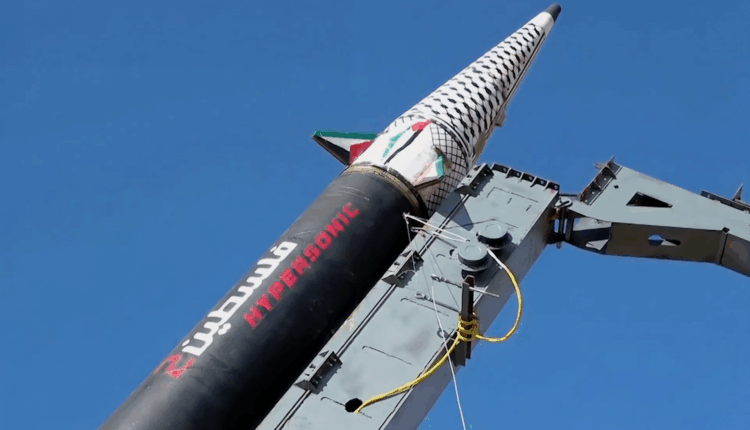The Yemeni blockade on the enemy… A strategic shift that redraws the conflict equations in the region
In an unprecedented move, the forces of Sana’a recently announced the imposition of a complete air and naval blockade on the Israeli occupation, a step considered a qualitative development within the framework of Yemeni support for the Palestinian resistance and a clear message that the confrontation with Tel Aviv is no longer limited to the borders of Gaza but has become a regional affair par excellence.
Follow ups – Al-Khabar Al-Yemeni:
This announcement came after a precise strike that targeted Ben Gurion Airport near Tel Aviv, causing a state of confusion in the Israeli aviation system, where takeoff and landing were suspended for several hours, and flight paths were diverted to alternative airports, amid Hebrew media describing the incident as an unprecedented disaster.
The shift from targeting navigation to disrupting vital airports at the heart of the entity reflects a studied strategic escalation from Sana’a, which is practically implementing what it had previously described as the equation of the blockade in exchange for the blockade, expanding the scope of operations to include maritime corridors in the Red Sea and the Gulf of Aden, in addition to Yemeni airspace, which has become prohibited for aviation associated with the occupation.
The field data indicates that Sana’a has gone beyond the borders of symbolic solidarity and moved to effective field action, benefiting from possessing advanced military tools and logistical capabilities to carry out precise and long-range operations.
Observers believe that this Yemeni move represents a breach of the Israeli hegemony in the air and sea and a direct challenge to Tel Aviv’s deterrent capability, which is already suffering from an internal crisis of confidence and failure to resolve the battle in Gaza.
The recent decisions taken by Sana’a reflect a development in the military and political doctrine of Ansar Allah, who now see themselves as an influential regional party in the equation of the conflict with the occupation and are seeking to redraw the map of the confrontation from the Red Sea to Tel Aviv, taking advantage of the fragility of the Israeli situation and the expansion of the front of threats from north to south.
The discourse issued from Sana’a confirms that the air blockade is not just a media pressure tool, but a long-term field policy aimed at imposing a new reality on navigation and aviation associated with the occupation, especially after Sana’a’s coordination with relevant international organizations such as ICAO and IATA to warn them of the security risks surrounding Israeli airports.
This Yemeni escalation carries multiple messages and reinforces the hypothesis that the region is entering a new phase of balances, ending the stage of Israel’s unequal superiority and imposing on it and its allies a review of their calculations towards the nature of responses coming from unconventional fronts.
In the end, Yemen is no longer an isolated arena in the south but has become an active part of a regional system whose goals intersect in breaking the siege on Gaza and surrounding the occupation with new tools that redefine the equations of deterrence and draw a more complex and balanced conflict map in the Middle East.

